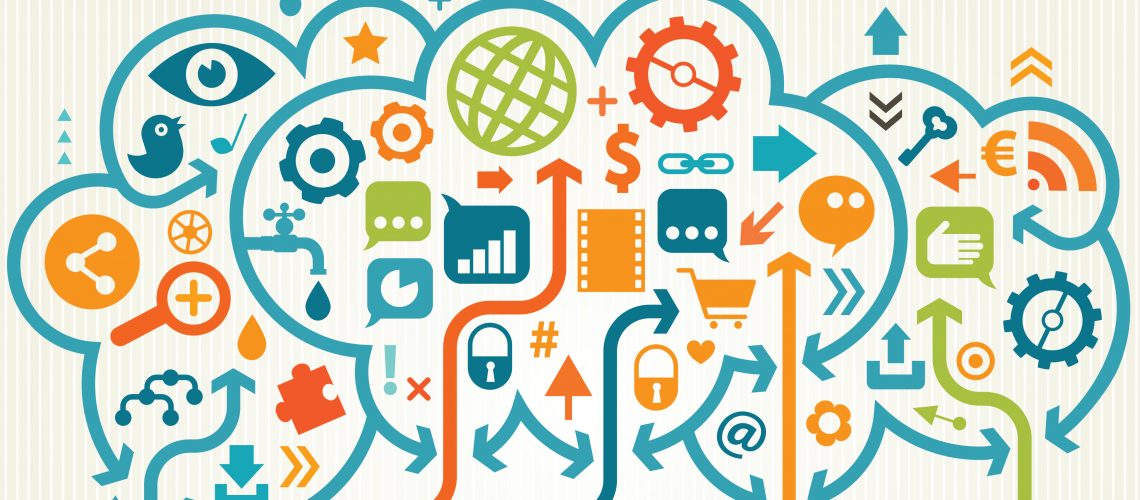Whilst investments in sales force automation are increasingly commonplace, few businesses are successfully converting their data into improved sales performance. Clear data collection goals and structured collection processes alone aren’t enough to create significant results; and the real value of data collection lies in effective interpretation, and analysis in a timely manner.
With that in mind, we’ve compiled 5 actionable ways Big Data analytics can be used to generate valuable customer insights, and completely transform your sales process.
- Generate more sales revenue and grow market share
Businesses that deploy effective customer data capture techniques, and apply analysis to generate real-time insight, are more likely to achieve fast growth and a greater market share than their peers.
Companies that implement customer data models to obtain customer intelligence also help Marketing and Sales teams to predict which leads to pursue. They can determine which customers to target, how to find ‘lookalike’ customers using profiles, and which messages and offers to make available to different buyers. This empowers businesses to focus their efforts on more profitable activities and customers, to help grow the business faster.
- Improve the cost-effectiveness
Sales teams spend 25% of their time researching customer and industry information. Whilst these insights are incredibly valuable for improving sales call efficacy, inefficient data collection methods can significantly lower overall productivity.
Research has revealed that implementing a structured data collection process could dramatically improve sales team efficacy – equating to a saving of £1.7 billion for a median Fortune 500 company. These benefits could be amplified by partnering with a data-focused agency; combining marketing automation with expert Big Data analytics to develop accurate customer insights.
3. Identify upselling and cross-selling opportunities
Effective upselling and cross-selling requires an intimate knowledge of the consumer. The motivations for a customer’s purchase, their past purchases and their preferred channels of communication will all determine which products and promotions will generate the greatest response. By capturing this type of customer data, sales teams will be able to massively improve the efficacy of their upselling and cross-selling:
- Sales emails can draw upon purchase histories to automatically pitch relevant and related products to buyers.
- The same purchase histories can also be used to prevent sales promotions from offering products that a customer already owns, or products that a customer has been previously unresponsive to.
- Customer purchase history can help to profile your customers and develop propensity to buy new or different products in the future.
4. Improve the efficacy of your social selling
Social media networks are an increasingly lucrative B2B sales channel. According to SiriusDecisions, 67% of the buying decision is done online, with many buyers now turning to peer recommendations and reviews for product research. 1 in 5 buyers reported using social channels during the buying process, and according to a B2B marketing CMO study, buyers are between 70%-90% through their buying journey before contacting suppliers.
Social selling also brings with it a wealth of data, which, when effectively captured and analysed, can streamline the entire sales process. By combining social selling and Big Data analytics, it becomes possible to:
- Improve buyer personas with customer data gleamed from social insight.
- Use customer feedback and discussion to shape future sales tactics.
- Identify the influential information sources social customers are turning to before purchase.
- Plot the buyer’s journey, identify the steps taken by customers from research to purchase, and time sales interactions to fit.
5. Encourage repeat sales
Loyal, active customers are one of the most valuable assets a business can have – but many consumers are unresponsive to post-purchase sales communication. Poorly targeted sales efforts can alienate a consumer, and premature post-sales contact can leave consumers feeling unappreciated and pressured. Thankfully, simple data collection can be used to tailor post-purchase promotions and sales calls appropriately.
Business consumables are a particularly powerful example of Big Data analytics being used to drive repeat sales. Past purchase data can be used to estimate when your customers are likely to run-out of their existing products, allowing your sales team to send a perfectly-timed promotional email. In doing so, it becomes possible to earn both repeat transaction and customer gratitude; reminding them of their genuine need for the product, and offering a solution.

